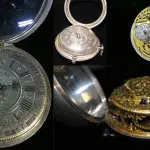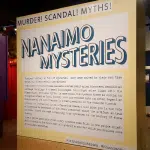
Inukjuak men’s association teaching the next generation of Inuit hunters
INUKJUAK, Que. — Elder Simeonie Ohaituk sits on a caribou skin on the floor of the Unaaq Men’s Association in Inukjuak, Que., pulling and cutting a stretchy, cylindrical piece of sealskin.
He makes smooth, even cuts, the length of rope piling up on the ground as he pulls and another elder stretches and turns the sealskin over and over. It’s a two-man job, he says, requiring an even stretch each time.
The skin has been carefully cleaned of fat and fur by another elder using an uluk, a woman’s knife with a distinct crescent moon shape.
Ohaituk explains what he’s doing in Inuktitut with Charlie Nowkawalk translating his words into English as about a dozen young boys crowd around to watch.


